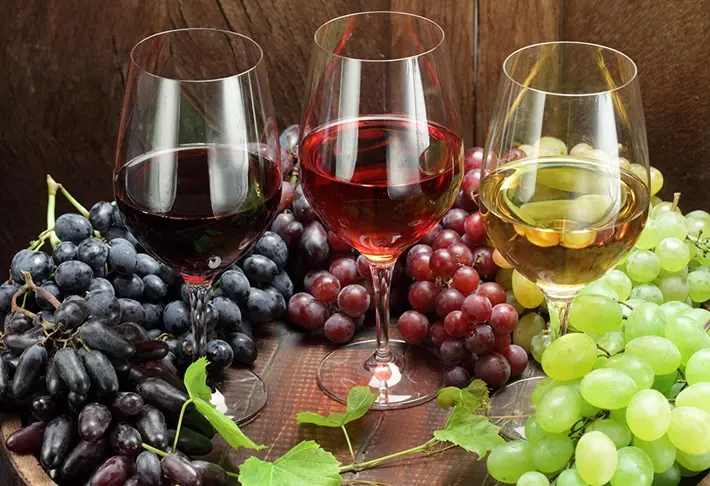Spirits, also known as distilled beverages, are enjoyed worldwide for their diverse flavors and complex characteristics. Understanding how spirits are made involves delving into a detailed process that combines tradition, science, and artistry. This article provides a comprehensive guide on the production of spirits, from raw ingredients to the final bottle.
Understanding Spirits
Definition of Spirits
Spirits are alcoholic beverages that are distilled to achieve a higher alcohol content compared to fermented drinks like beer and wine. They include products like whiskey, vodka, rum, gin, and brandy.
Distillation Basics
Distillation is the process used to concentrate alcohol by heating a liquid and then condensing the vapor back into a liquid. This method separates alcohol from water and other components.
Key Components
The primary components involved in spirit production are raw materials, fermentation, distillation, and aging. Each stage plays a critical role in shaping the final product.
See Also: Is 818 Tequila Successful?
Raw Materials for Spirit Production
Grains
Corn
Corn is commonly used in whiskey production, particularly bourbon. It adds sweetness and body to the spirit.
Barley
Barley is a key ingredient in malt whiskey. It provides enzymes necessary for converting starches into fermentable sugars.
Rye
Rye adds a spicy and robust flavor to spirits, often used in rye whiskey and some gins.
Wheat
Wheat is used in some vodka and whiskey production. It imparts a smooth and soft character.
Fruits
Grapes
Grapes are the primary fruit used in brandy production. They are fermented to create wine, which is then distilled.
Apples
Apples are used in apple brandy and some flavored spirits. They add a distinct fruity character.
Sugar Cane
Sugar Cane
Sugar cane is used to produce rum. The juice or molasses from sugar cane is fermented and distilled.
Molasses
Molasses is a by-product of sugar production used in rum production. It adds richness and complexity.
Other Ingredients
Potatoes
Potatoes are the base ingredient for vodka. They provide a neutral flavor, allowing the spirit to be versatile.
Beets
Beets can also be used in vodka production, contributing to a clean, smooth taste.
Fermentation Process
Preparing the Mash
Mashing
The raw materials (grains, fruits, or sugar cane) are ground and mixed with water to create a mash. This mixture is heated to convert starches into sugars.
Enzyme Addition
Enzymes are added to the mash to break down complex carbohydrates into fermentable sugars. This step is crucial for efficient fermentation.
Fermentation
Yeast Addition
Yeast is added to the mash to begin fermentation. Yeast converts the sugars into alcohol and carbon dioxide.
Fermentation Duration
The fermentation process typically lasts several days. The length depends on the type of spirit being produced and the specific yeast used.
Fermentation Temperature
Temperature control is vital for fermentation. Optimal temperatures ensure healthy yeast activity and prevent undesirable flavors.
Monitoring Fermentation
Specific Gravity
Specific gravity measurements are taken to monitor the fermentation process. This helps determine when fermentation is complete.
Alcohol Content
The alcohol content is monitored to ensure the desired level is achieved before distillation.
Distillation Process
Types of Distillation
Pot Still Distillation
Pot still distillation is a traditional method used for spirits like whiskey and brandy. It involves heating the wash in a pot still and collecting the distilled vapor.
Column Still Distillation
Column still distillation, also known as continuous distillation, is used for spirits like vodka and gin. It involves a column still where the wash is continuously fed and distilled.
Distillation Stages
First Distillation
The first distillation, or stripping run, separates alcohol from the wash. It produces a liquid with a lower alcohol concentration.
Second Distillation
The second distillation, or spirit run, refines the alcohol and increases its purity. This stage helps achieve the desired flavor and strength.
Collecting Distillate
Heads
The heads are the initial portion of the distillate and contain undesirable compounds. They are usually discarded.
Hearts
The hearts are the main portion of the distillate, containing the desired alcohol and flavor compounds. This fraction is collected for aging or bottling.
Tails
The tails are the final portion of the distillate, containing heavier compounds. They may be recycled or discarded.
Aging and Maturation
Aging Process
Casks and Barrels
Spirits are aged in casks or barrels, which can be made of various materials such as oak. The aging process allows the spirit to develop complex flavors.
Aging Duration
The duration of aging varies by spirit type and style. Whiskey, for example, may be aged for several years, while some spirits.


